在IN2 NEXT项目中,研究者测试了NEXT Energy Technology的光伏涂层窗户与传统的商业窗户,并根据各自的太阳得热系数(SHGC)——商业窗户的行业标准性能指标来跟踪性能。结果显示,这一技术可以将同等窗户的SHGC降低到0.20以下。
这家位于加州的公司正开发透明的能量收集窗技术,目标是使玻璃幕墙成为建筑物中低成本、现场可再生能源的来源。作为富国银行创新孵化器(IN2)的一部分,公司参与了一个为期多年的光伏窗户项目,对公司的透明光伏窗与传统商业窗户的整体能效表现加以比较。
商业建筑占美国总耗电量的36%,每年耗电超过1900亿美元。此外,根据能源部数据,窗户占商业建筑采暖和制冷能源的30%,每年给美国建筑业主造成约500亿美元的花销。考虑到潜在的节省,在能源生产之外将SHGC降低到0.20非常重要。SHGC度量阳光通过窗户被动进入建筑物所产生的热量,或太阳得热。过多的太阳辐射会导致空间过热和整个建筑的能源管理效率低下。
“这些对于中空玻璃的能源效率来说是极其重要的结果。实现低于0.20的SHGC,同时提供中性美感,对所有真空沉积镀膜玻璃的制造商来说是一个巨大挑战。平衡性能和外观是理想和谐的核心,看来NEXT已经做到了这一点,”北美商业建筑玻璃制造商Viracon公司的销售和市场副总裁Garret Henson说。
在制造这种窗户时,光伏技术是通过专有的有机半导体材料实现的,按公司报告所述,这些是地球上含量丰富价格低廉的材料。在高速、低成本、低能耗的过程中,这种材料像油墨一样均匀涂在玻璃上,使玻璃能够收集太阳光并将其转化为电能而不是热能。
“与NEXT合作的结果给我们提供了数据,说明如何重新定义建筑师和建筑业主度量商业窗户性能的方式,”IN2项目经理和NREL的创新和创业中心主任Trish Cozart说,“如果能利用建筑窗户产生大量电能,就有望标志着一个新的篇章。现在的目标是对SHGC进行评估,以考虑到发电以及太阳得热的影响。”
This content is protected by copyright and may not be reused. If you want to cooperate with us and would like to reuse some of our content, please contact: editors@pv-magazine.com.
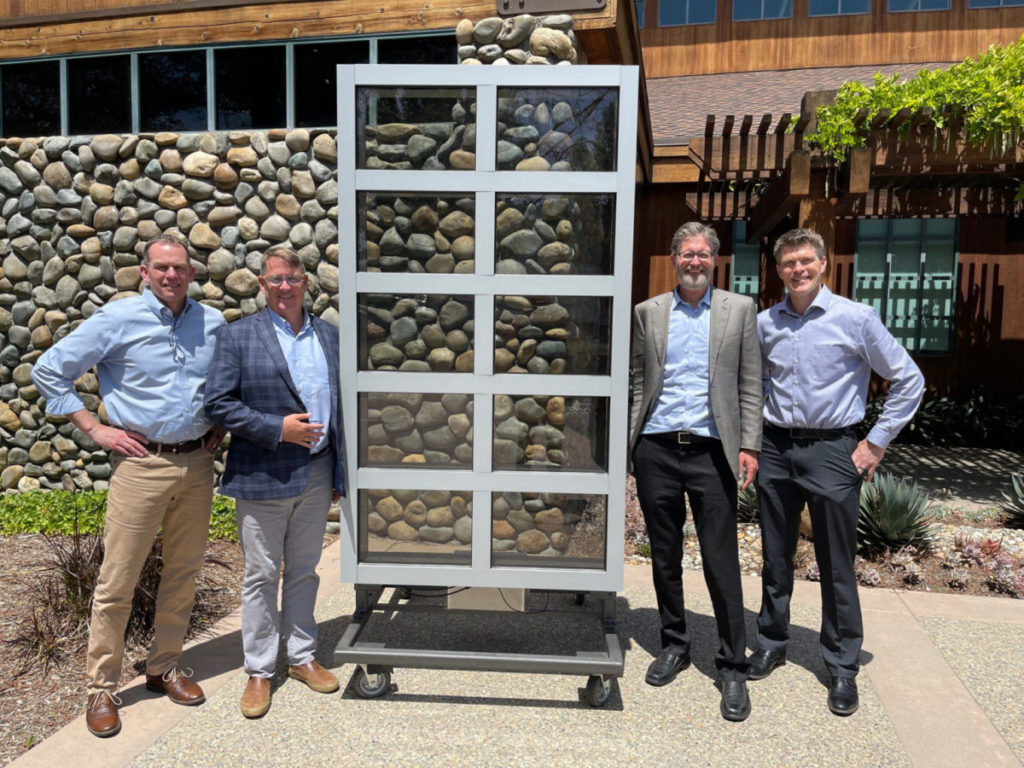


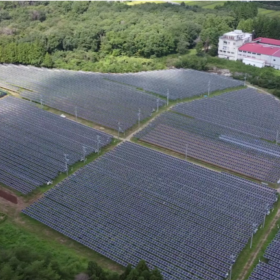
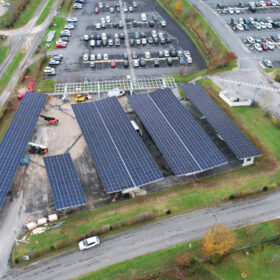
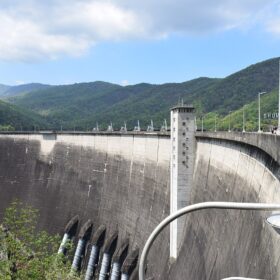
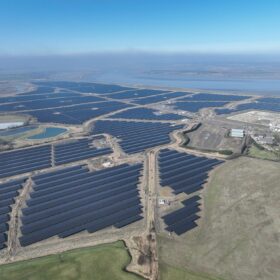





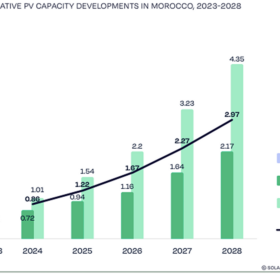
By submitting this form you agree to pv magazine using your data for the purposes of publishing your comment.
Your personal data will only be disclosed or otherwise transmitted to third parties for the purposes of spam filtering or if this is necessary for technical maintenance of the website. Any other transfer to third parties will not take place unless this is justified on the basis of applicable data protection regulations or if pv magazine is legally obliged to do so.
You may revoke this consent at any time with effect for the future, in which case your personal data will be deleted immediately. Otherwise, your data will be deleted if pv magazine has processed your request or the purpose of data storage is fulfilled.
Further information on data privacy can be found in our Data Protection Policy.